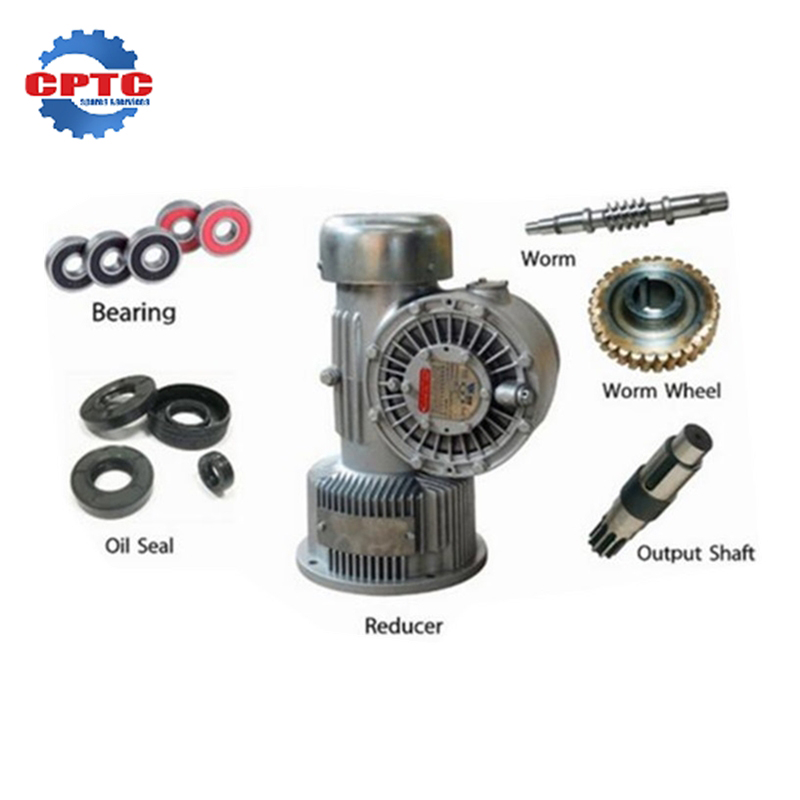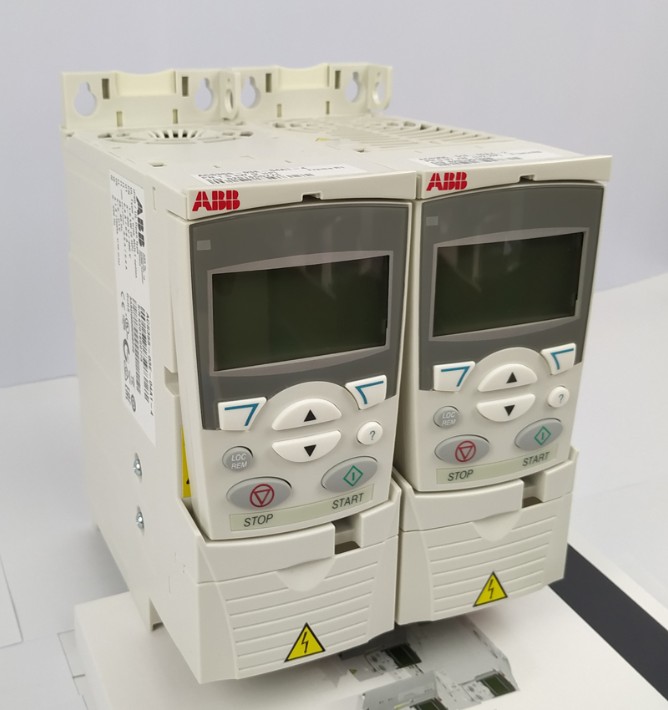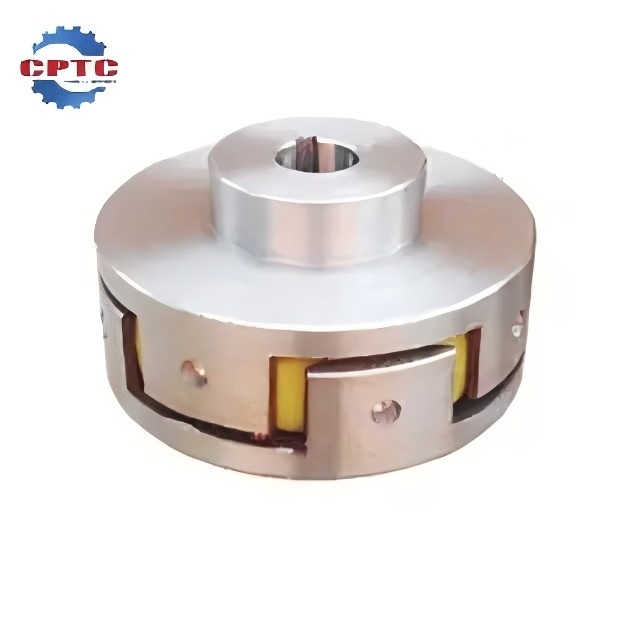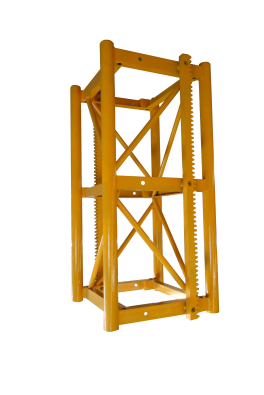At the heart of these towering machines lies the tower crane trolley, a critical component responsible for the horizontal movement of the hoisting unit along the length of the boom. This intricate mechanism enables the precise positioning of loads, significantly impacting the efficiency and safety of construction projects. This article delves into the complexities of tower crane trolleys, exploring their components, maintenance schedules, and safety considerations. With the nuances of trolley operation and maintenance, construction professionals can significantly enhance the overall performance and safety of their projects.
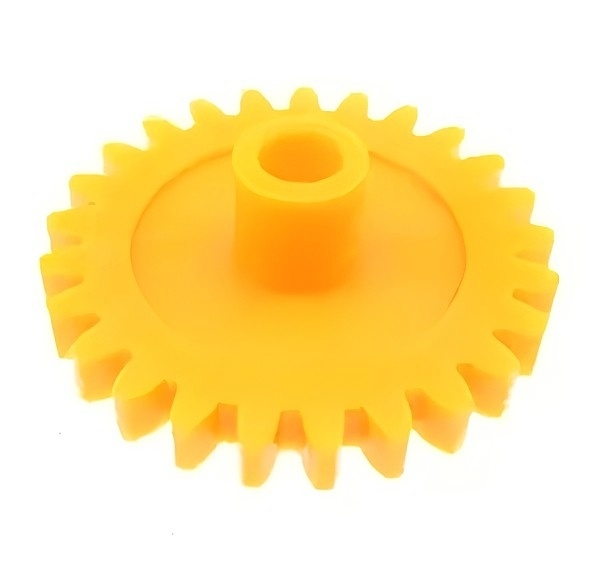
What Parts Does the Tower Crane Trolley Mechanism Include?
A tower crane trolley mechanism is a complex system of interconnected components that work together to enable the horizontal movement of the crane’s hoisting unit along the length of the boom. There is a detail breakdown of key components and their functions:
| Component | Function |
| Tower Crane Trolley | The primary moving element of the mechanism. It is a carriage-like structure that travels along the boom, carrying the hoisting unit (which includes the hook, block, and sheaves). |
| Tower Crane Trolley Chassis | The foundation of the trolley. It provides a rigid frame that supports all other components and ensures the trolley’s structural integrity. |
| Tower Crane Trolley Device | A tower crane trolley device is a critical component of a tower crane system that is primarily responsible for the luffing function. Luffing refers to the ability of the crane boom to change its angle, allowing it to reach different working heights and positions. This device is typically composed of a motor, reducer, transmission mechanism, and luffing circuit. The motor provides the power to drive the luffing motion, while the reducer, transmission mechanism, and luffing circuit work together to control the speed and sequence of the movement. By adjusting the angle of the boom, the crane operator can precisely position the hook at various heights, enabling the crane to perform a wide range of lifting tasks. |
| Tower Crane Trolleying Limit Gear | A safety device that prevents the trolley from traveling beyond the permissible limits of the boom, thus protecting the crane and the load. |
| Trolleying Fan for Tower Crane | This component is often used to provide cooling for electrical components within the trolley, especially in hot or dusty environments. It helps to maintain optimal operating temperatures and prevent overheating. |
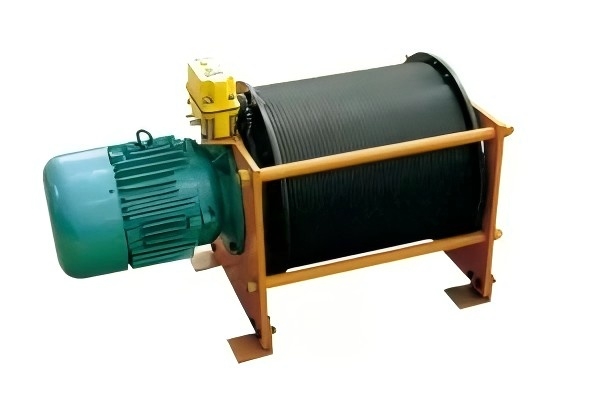
How Often Should Tower Crane Trolley Spare Parts Be Inspected and Replaced?
The frequency of inspection and replacement of tower crane trolley spare parts is crucial for ensuring the safe and efficient operation of the crane. A well-maintained trolley mechanism can significantly reduce the risk of accidents and downtime.
Inspection Schedule
A comprehensive inspection schedule should be established and strictly adhered to. The frequency of inspections can vary depending on factors such as:
- Crane usage: Cranes that are used intensively require more frequent inspections.
- Environmental conditions: Harsh environments, such as those with high humidity or excessive dust, can accelerate the wear and tear of components.
- Manufacturer’s recommendations: The crane manufacturer’s guidelines should be followed for specific inspection intervals.
Typical Inspection Intervals
- Daily Inspections: Visual inspections should be conducted daily to check for any visible damage, loose bolts, or abnormal wear.
- Weekly Inspections: More detailed inspections, including lubrication checks and functional tests, should be performed weekly.
- Monthly Inspections: Thorough inspections of critical components, such as bearings, gears, and electrical systems, should be conducted monthly.
- Annual Inspections: Comprehensive inspections, including non-destructive testing, should be carried out annually to assess the overall condition of the trolley mechanism.
Replacement Schedule
The replacement of spare parts should be based on their condition and the manufacturer’s recommendations. Here are some general guidelines:
- Wear Indicators: Components that exhibit signs of excessive wear, such as worn bearings, damaged gears, or frayed cables, should be replaced immediately.
- Time-Based Replacement: Some components, such as belts and hoses, may have a predetermined lifespan and should be replaced at specific intervals, regardless of their apparent condition.
- Manufacturer’s Recommendations: The manufacturer’s guidelines should be followed for specific replacement intervals and procedures.
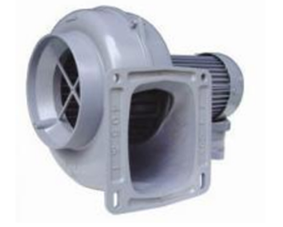
Safety Considerations for Tower Crane Trolleys and Spare Parts
The safety of tower crane trolleys and their spare parts is paramount to prevent accidents and ensure the overall safety of construction sites. Here are some critical safety considerations to keep in mind:
Design and Manufacturing Standards
Adherence to Standards:
- Ensure compliance with international standards like ISO, EN, and national standards like OSHA and ANSI.
- Adhere to specific standards for crane components, such as those related to material strength, fatigue resistance, and corrosion resistance.
Material Quality:
- Use high-quality steel alloys that are resistant to wear, fatigue, and corrosion.
- Consider factors like yield strength, tensile strength, and impact toughness when selecting materials.
- Use corrosion-resistant coatings or galvanization to protect components from environmental factors.
Robust Design:
- Design the trolley to withstand dynamic loads and vibrations.
- Incorporate safety factors to account for unexpected loads and stresses.
- Use finite element analysis (FEA) to optimize the design and identify potential weak points.
- Ensure adequate clearance between components to prevent interference and damage.
Safe Operation
- Operator Training: Crane operators should undergo rigorous training programs that cover the specific operations of the tower crane model, emergency procedures, and safety protocols. Certification should be obtained from accredited institutions to ensure competence.
- Load Capacity: Adhere strictly to the rated load capacity of the trolley, which is typically specified on the crane’s data plate. Overloading can lead to structural failure and catastrophic accidents.
- Wind Speed: Consult the crane’s operational manual for specific wind speed limitations. Avoid operating the crane in high wind conditions, as strong gusts can cause the crane to sway, increasing the risk of tipping over or colliding with obstacles.
- Emergency Stops: Ensure that emergency stop buttons are readily accessible from the operator’s cab and ground level. Regularly test these buttons to verify their functionality and responsiveness.
- Safety Devices: Implement a regular inspection and testing regime for safety devices such as limit switches, overload protection systems, and anti-collision devices. These devices are crucial for preventing accidents and ensuring safe operation.
Spare Part Quality and Compatibility
- Genuine Spare Parts: Utilize only genuine spare parts sourced directly from the original equipment manufacturer (OEM) to guarantee compatibility, quality, and safety. Counterfeit or substandard parts can compromise the structural integrity of the crane.
- Proper Installation: Ensure that spare parts are installed by skilled technicians who have undergone training on the specific crane model. Incorrect installation can lead to malfunctions and safety hazards.
- Quality Assurance: Verify the quality of spare parts through certifications, quality control checks, and material testing. Adhere to the manufacturer’s recommended maintenance and replacement schedules.
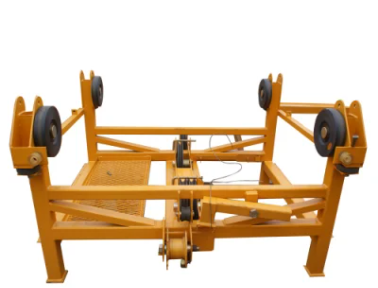
Conclusion: Safety and Efficiency First
The tower crane trolley is a vital component that directly impacts the overall performance and safety of construction projects. By adhering to stringent inspection and maintenance schedules, employing high-quality spare parts, and prioritizing operator training, construction professionals can ensure the longevity and reliability of their tower cranes. With the advice of CPTC and prioritizing safety and efficiency, we can minimize risks, maximize productivity, and ultimately deliver successful construction projects on time and within budget.
Related Products
Construction Hoist Gearbox and Parts
Trademark: CPTC, GJJ, PET, BAODA
Passenger…
ABB Inverter
Green and environmentally friendly;
Customized services.
Coupling
Wide range of applications
Gear structure, welded connection method
Easy…
Construction Hoist Mast Section
Simple operation
Stable performance

